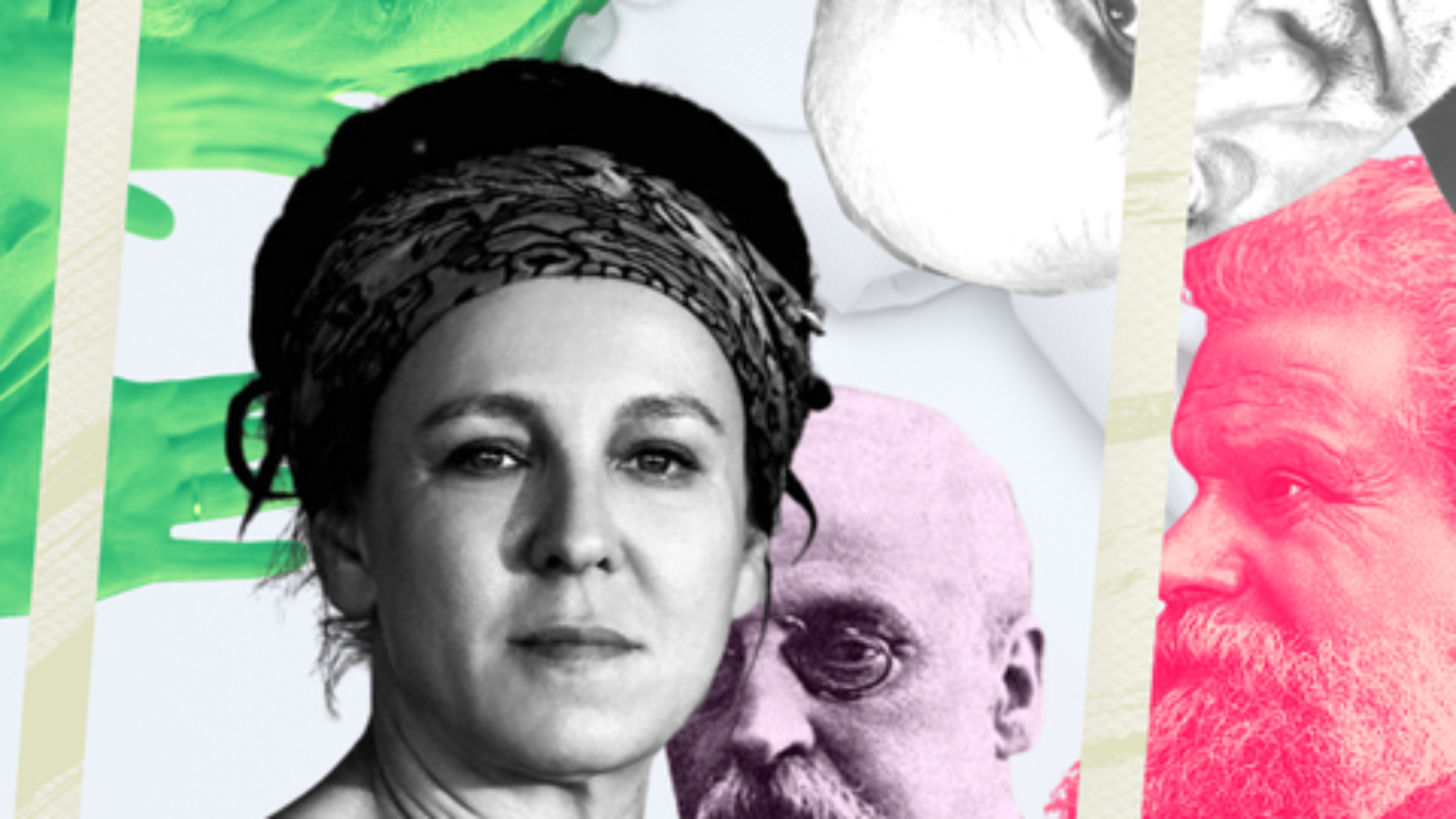The main goal of the article is to examine how queen Bona Sforza’s taste and interest in fashion has been influenced by her nearest milieu – including her mother, Isabella of Aragon – since her childhood in Italy and until her arrival in Poland. In the first part of the text, the author seeks to obtain an answer to the question of how the Renaissance fashion could influence Bona’s look and garments. The author proposes her own translations of several sources which shed new light on the subject. The description of wedding celebrations written by Giuliano Passero, Giuliano Passero cittadino napoletano o sia prima pubblicazione in istampa, delle Storie in forma di Giornali (Napoli, 1785) is especially important for this article. The new translation of this text differs occasionally from that published by Władysław Pociecha several years ago. In the second part of this article, the author analyses ceremonial dress and jewellery which we can see on the earliest preserved portrait of Bona, painted most likely in Italy, around 1518. The woodcut, included in Jost Ludwik Decjusz’s De Sigismundi regis temporibus liber III in 1521, could not precisely depict the facial features and details of the young queen’s apparel.

